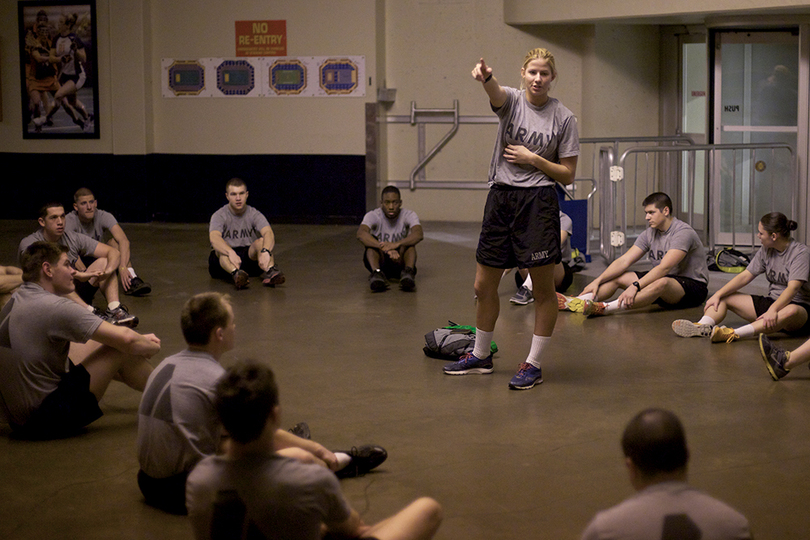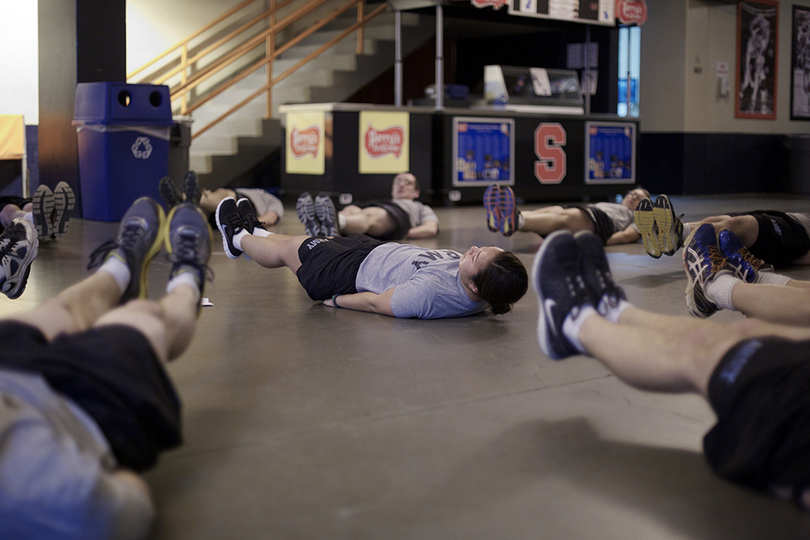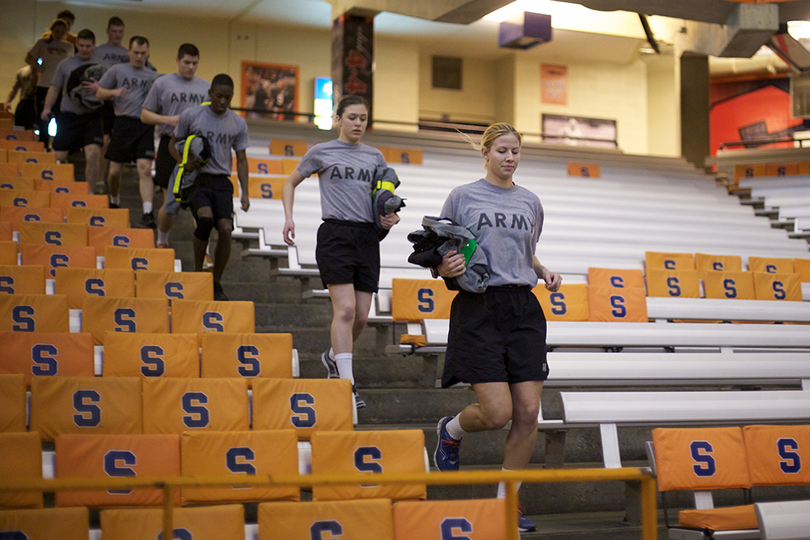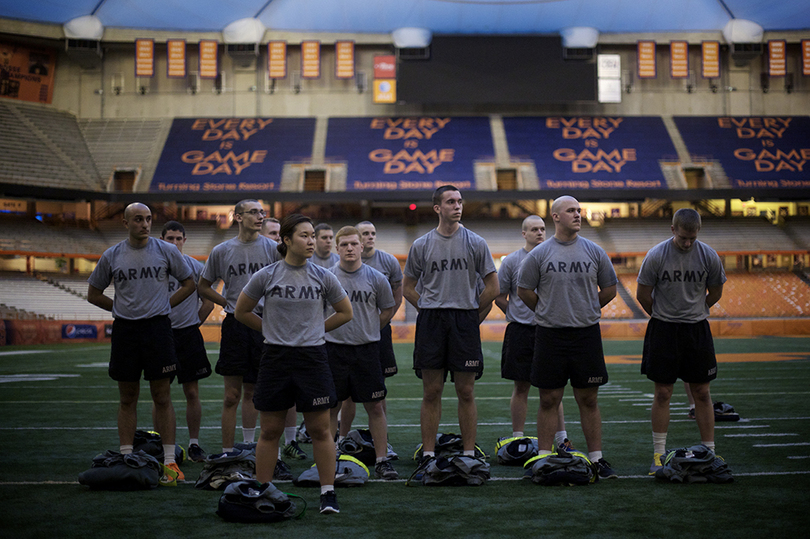SU ROTC members react to Pentagon announcement allowing women to fight in combat
The Pentagon’s announcement that women in the military will be allowed to fight in combat could create and expand hundreds of front-line jobs for women and produce new opportunities for women in the ROTC.
The Pentagon’s decision overturns the 1994 policy under the Direct Ground Combat Definition and Assignment Rule, which prohibited military women from the direct use of artillery, armor, infantry and other roles in combat pertaining to their physical requirements.
“Women have been pushing and waiting to have the same opportunities as men, and in the military that has included participating in combat roles,” said Ashley White, a member and co-master fitness trainer in the ROTC program at Syracuse University, in an email.
White, a senior political science and history major, said she’s excited about the dissolution of the ban, and believes this new implementation will promote the value that America was founded on: equal opportunity.
Bill Smullen, director of the National Security Studies program at SU and an honorary professional soldier in the U.S. Army, said there are no specific reasons why Secretary of Defense Leon Panetta has chosen to review such a policy, and said he believes this need for change has been under study for some time.
“I think they’ve reached a point where they could legitimately determine what the criteria should be,” Smullen said.
As a direct result of this policy review of female military roles, 13,139 army positions and 1,186 positions under the Secretary of Defense have opened up — all roles that were previously closed off to women, according to a Feb. 9, 2012 U.S. Department of Defense news release.
The military will continue to review positions and requirements to determine whether additional positions will open up to women, according to the release.
Both Smullen and White said they believe the country can only benefit from this newly revised policy.
“It’s going to have the advantage of putting the best people in the responsible jobs that they are trained to do. I don’t really see any disadvantages of this, really, at all,” Smullen said. “I definitely would not put a negative spin on this.”
In terms of the overall effect this change will have on the U.S. military, White said she believes officials will have to re-evaluate and determine new standards, redesigning equipment fit for women and, more importantly, developing a plan that will implement the new policy.
“The military will continue to defend the Constitution the same way it always has,” she said. “But now, it includes women to aid the effort.”
Although the Pentagon’s combat policy has changed, there will be no change in the way female members of the ROTC train, White said. She added that ROTC training is collectively an infantry-based combat branch.
“I do not have any doubts that women can lead or follow just as strongly as men do with the proper training,” White said. “The military produces strong soldiers, including women.”
Published on January 29, 2013 at 1:02 am
Contact: Taylor: tlbaker@syr.edu










